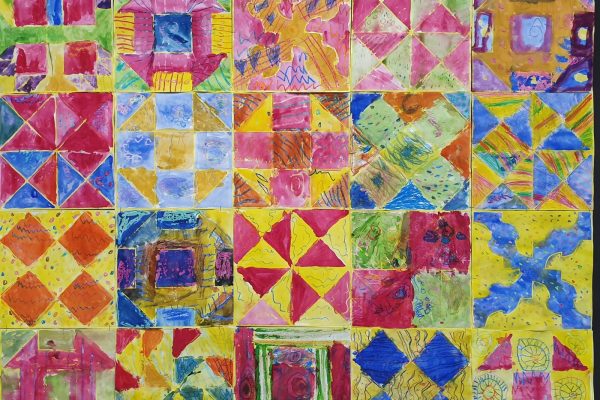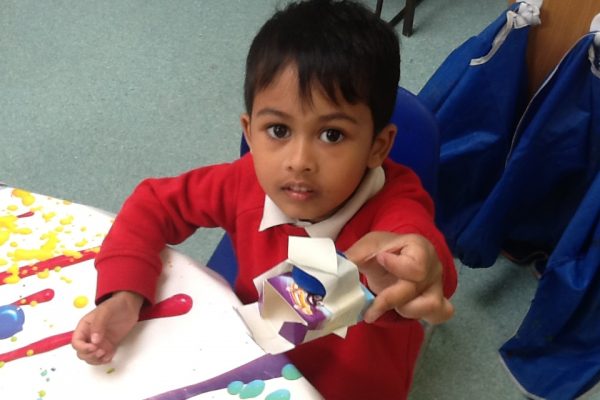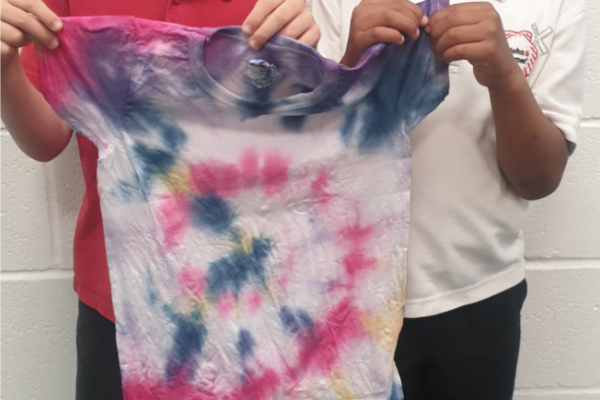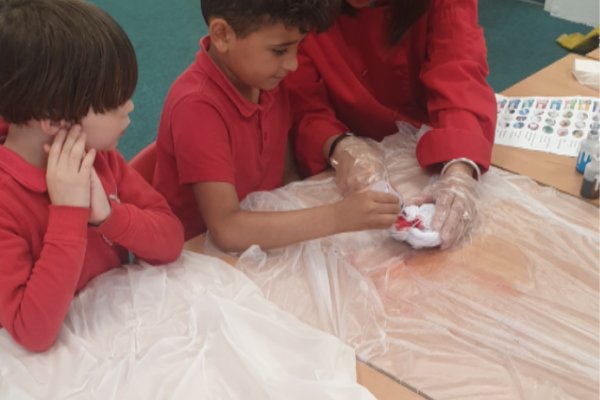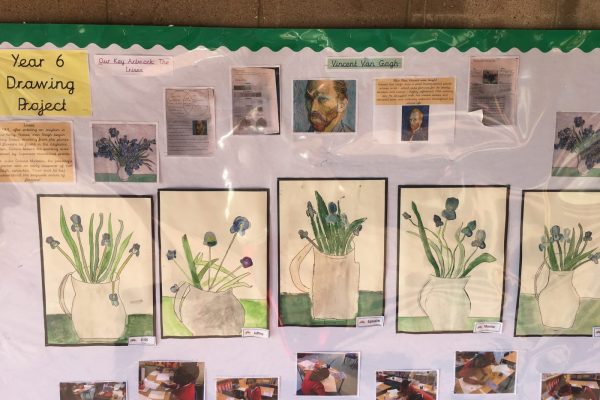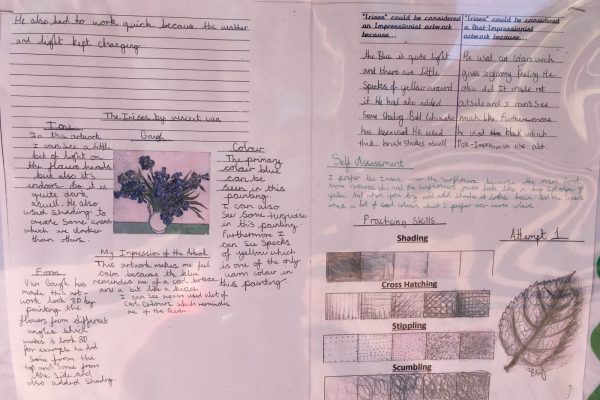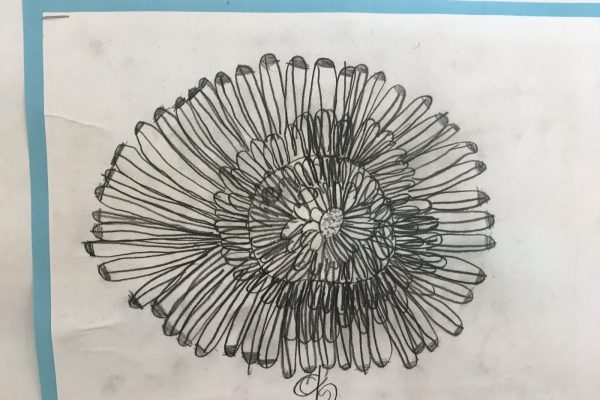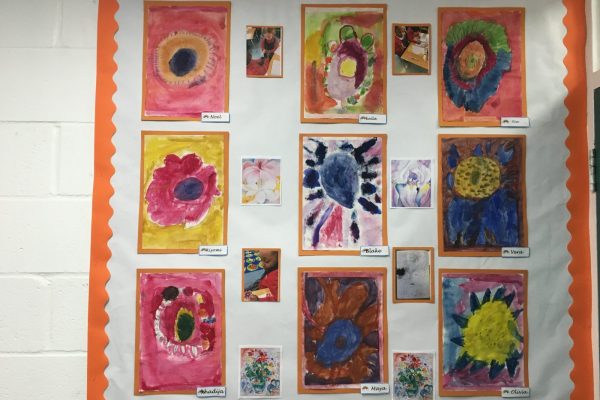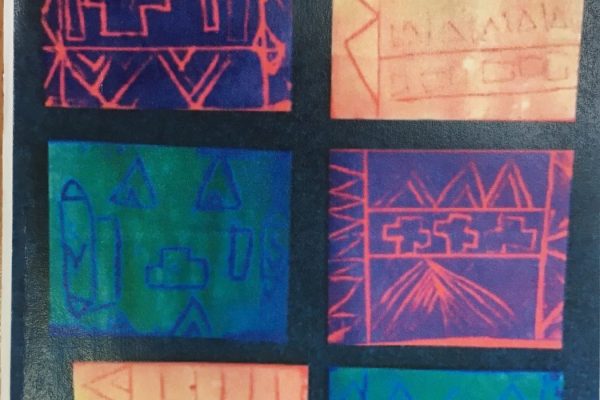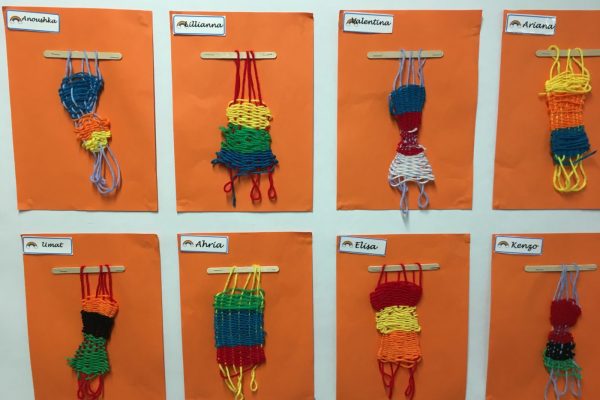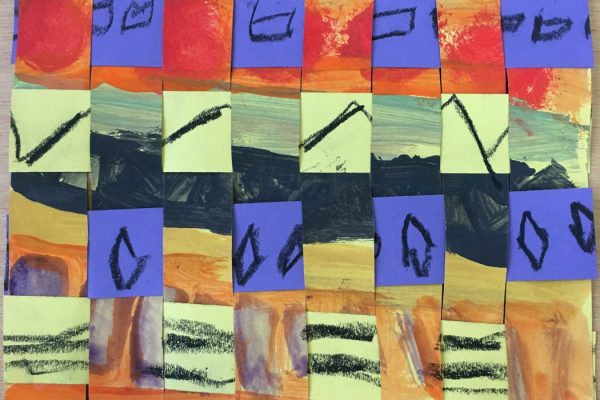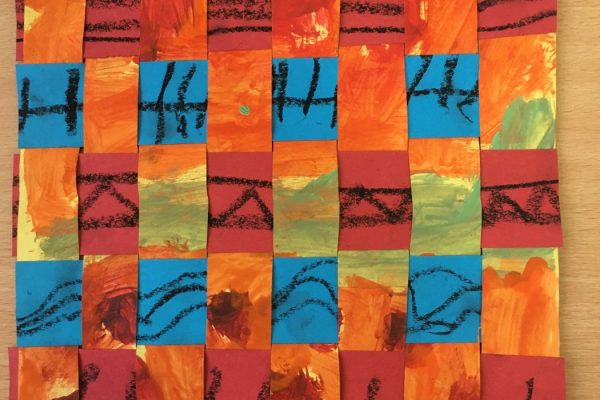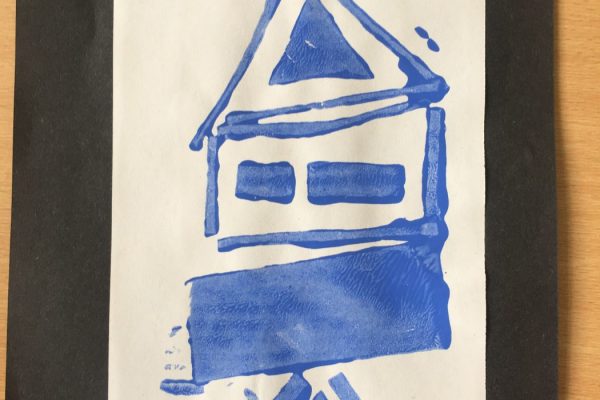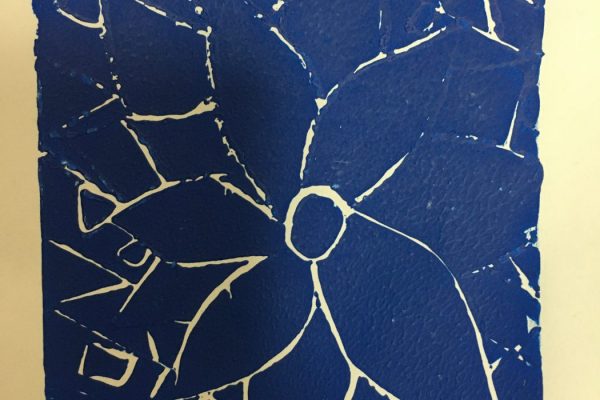Implementation
Early Years
In Nursery, we focus on the skills of cutting with scissors, sticking with glue (PVA and glue stick), moulding with malleable materials e.g. playdough, colour mixing, printing and joining materials. As part of each 2 or 3 week Literacy unit, at least one adult led activity will support children to develop one or more of these skills. Making imaginative and complex small worlds using blocks and small world resources is also an art and design skill. All literacy units include an opportunity to build small world versions of the story. Children have this modelled with each new book unit and increase their independence with this skill across the year. Creating closed shapes with continuous lines, using shapes to represent objects and drawing with increasing complexity and detail are skills we support children to develop across the year both through free choice mark making in the provision and weekly guided drawing lessons linked to the literacy units.
In Reception, children build upon the skills developed in Nursery. Children explore and access materials freely choosing what to create and what to use. They are taught to join with glue and tape, cut along lines and around shapes, manipulate malleable materials, use different materials to collage, colour mix with different paints and use different tools and materials to print. As in Nursery, art and design is planned linking to the class text. Children talk about shapes, colours and textures and reflect upon art created and techniques used. Children have the opportunity to use a range of media such as chalk pastels, building blocks, clay, mixed media collage, paper, natural materials, salt dough, cardboard boxes, water colours, fabrics and wool.
Throughout the year both Nursery and Reception are introduced to the work of different artists, linking to whole school themes, which they are supported to discuss and emulate.
Key Stage One and Two
At St John & James, art is taught four times across the year, in weekly blocks, focusing on a particular art form, for example drawing. Teachers use our art skills and knowledge progression map, along with a teacher unit plan to design a sequences of lessons across a week that will build on and develop the children’s skills culminating in a final piece.
The skills and knowledge that children will develop throughout each art topic are mapped across each year group and across the school to ensure progression. The emphasis on knowledge ensures that children understand the context of the artwork, as well as the artists that they are learning about and being inspired by. A similar focus on skills means that children are given opportunities to express their creative imagination, as well as practise and develop mastery in the key processes of art: drawing, painting, printing, textiles, collage and sculpture.
Each unit of work in Key Stage One and Key Stage Two follows the same sequence:
Art History – The pupils are introduced to the art movement, the artist and the key painting, which will be used as inspiration for the pupils’ final piece.
Practising Skills – The pupils use their sketchbooks to practise artistic skills that have been used by the key artist and will be needed to produce their final piece.
Producing a Final Piece – The pupils work independently to produce their own final piece, using the key artist and the key artwork as inspiration.
Evaluation – The pupils provide feedback to others on their artworks and complete an evaluation sheet on their own final piece, reflecting on what they are proud of and their next steps.
Impact
The impact of our art curriculum can clearly been seen in the children’s sketchbooks. At the beginning of each unit, a detailed overview outlines the main learning objective alongside the skills that the children will build on and those which will follow. The opportunity to evaluate and reflect on the learning is planned for towards the end of the unit to enable the children to see how their learning is progressing and where they need to take it next. On completion of the unit of work, children are able to self-assess against them. Class teachers then use the children’s research and preparatory work, along with the final piece in order to make a judgement as to whether each child is working towards, or at the expected level.










